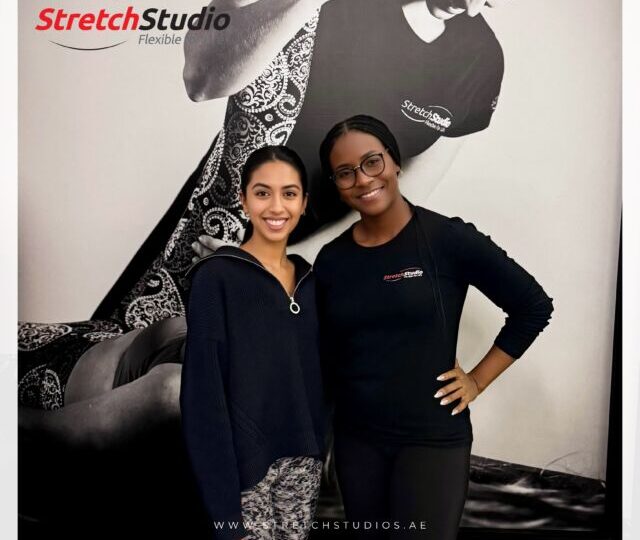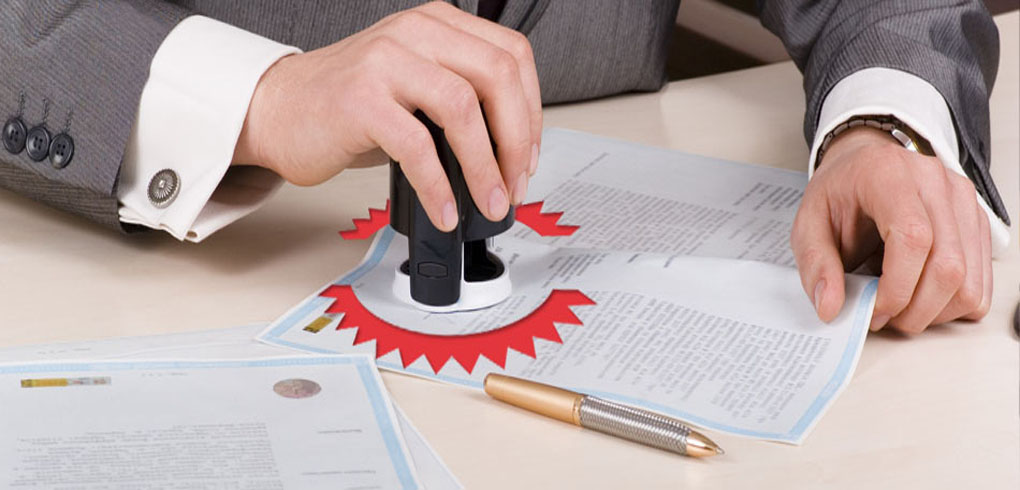Partner-assisted stretching is a collaborative approach to improving flexibility and muscle relaxation, where a partner or therapist helps guide and support the stretching process. This method can provide deeper and more effective stretches than those performed independently. Here’s what you can expect during a partner assisted stretching session.
Initial consultation and goal setting:
Before starting the stretching session, you’ll likely have a consultation with your partner or therapist. This initial meeting is vital for discussing your flexibility goals, any areas of muscle tightness or discomfort, and any relevant medical conditions or injuries. This information helps the partner or therapist design a stretching routine tailored to your needs.
Warm-up routine:
A proper warm-up is essential to prepare your muscles for stretching and prevent injuries. At the beginning of the session, you’ll engage in light aerobic activities or dynamic movements, such as jogging in place or gentle arm circles. This phase helps increase blood flow to your muscles, making them more pliable and ready for the assisted stretching exercises.
Demonstration of techniques:
The partner or therapist will demonstrate the various stretches that will be performed during the session. They will explain the purpose of each stretch, how it should be executed, and the areas of the body it targets. Proper technique is vital to increase the benefits and avoid any potential injuries, so take time to understand and observe the instructions carefully.
Assisted stretching:
During the session, you will work together with your partner or therapist to perform the stretches. The partner or therapist will assist by applying gentle pressure, holding your body in position, or guiding you into the correct stretch. Their role is to help you achieve a deeper stretch than you might be able to on your own, while ensuring you remain comfortable and safe.
Communication and feedback:
Effective communication is key during partner-assisted stretching. You should provide feedback to your partner or therapist about how the stretch feels, including any discomfort or pain. This allows them to adjust the intensity or technique to suit your needs. Likewise, they will ask for your feedback to ensure that each stretch is performed correctly and that you are comfortable throughout the session.
Breathing and relaxation:
Breathing deeply and staying relaxed during the stretching session is essential for getting the most out of each stretch. Your partner or therapist may guide you in breathing techniques that help you relax and release tension. Focused breathing can improve the effectiveness of the stretches and improve your overall experience.









